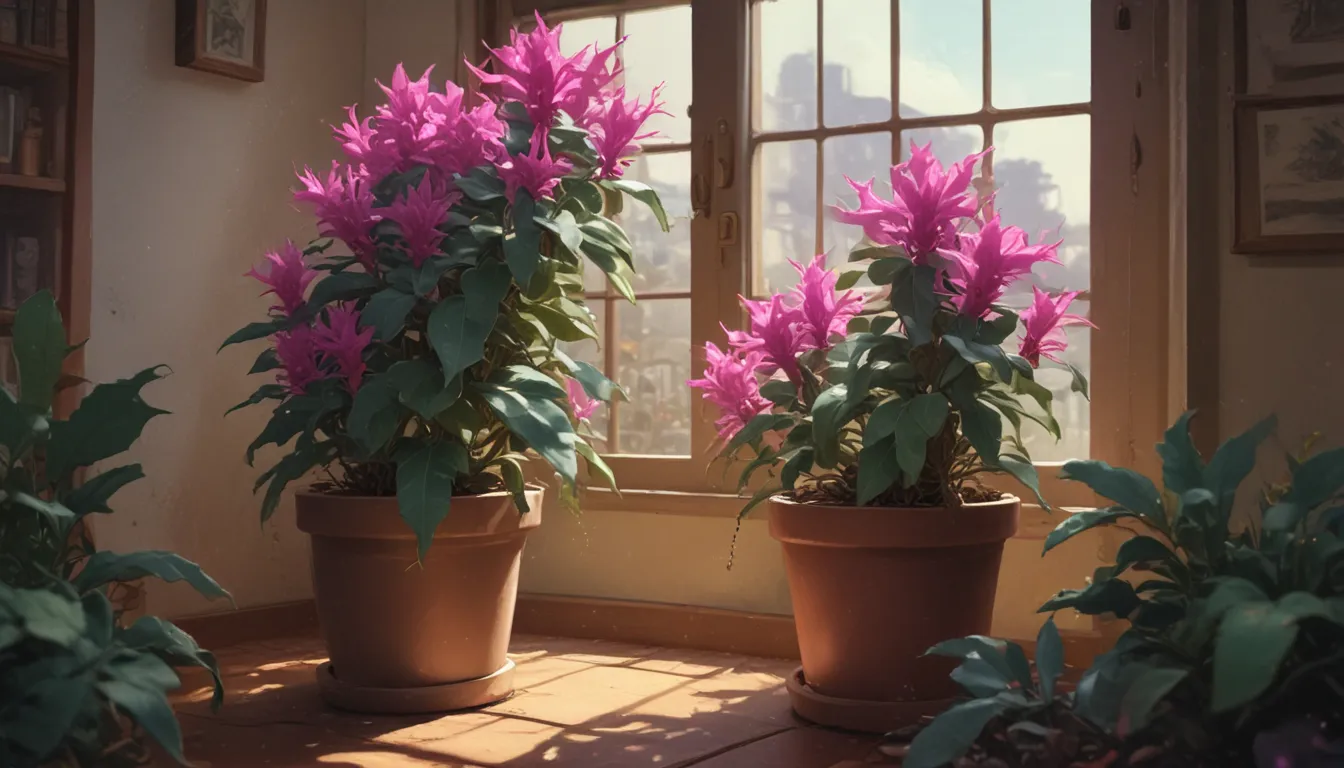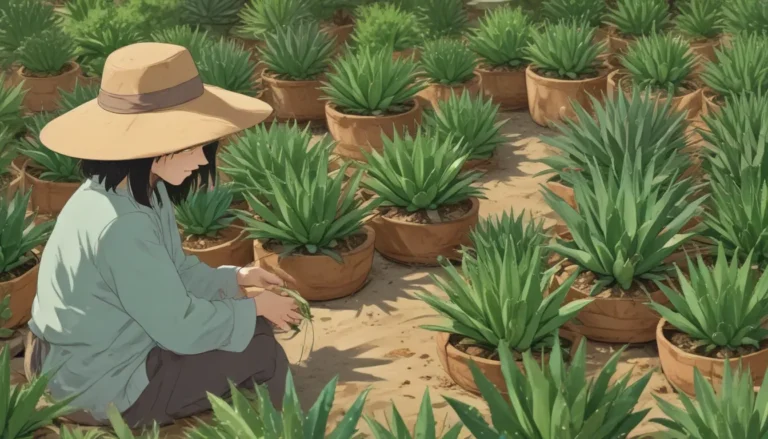Why Is My Christmas Cactus Turning Purple?

Christmas cactus, scientifically known as Schlumbergera spp., is a delightful houseplant that adds a pop of color to any indoor space. Unlike typical desert cacti, Christmas cactus is an epiphyte, meaning it thrives by clinging to trees and rocks in rainforests, soaking up nutrients from the air, rainfall, and leaf litter in its environment. If you’re experiencing the frustration of your Christmas cactus turning purple, fear not! In this in-depth guide, we will explore the reasons behind this color change and provide you with valuable tips on how to care for your beloved plant.
What You’ll Learn
Today, we will dive into the possible reasons why your Christmas cactus may be changing color. Here’s what we’ll cover:
- Is Your Christmas Cactus Stressed?
- Bright Light
- Inappropriate Moisture
- Underwatering
- Overwatering
- Nutrient Deficiency
- Temperature Extremes
Is Your Christmas Cactus Stressed?
Plants have a unique way of communicating with us, even without words. A stressed Christmas cactus may exhibit signs such as the development of thread-like aerial roots and a color change in its stem segments. The shift from vibrant green to shades of purple, red, or pink can signal various stressors related to environmental conditions. Let’s explore the top reasons behind this color transformation:
Bright Light
Exposure to intense, direct sunlight can trigger a protective response in your Christmas cactus. In its natural habitat under the rainforest canopy, excessive sunlight can lead to sunburn and damage the plant’s delicate tissues. This damage inhibits photosynthesis, the process that converts sunlight into food for the plant. To prevent purple discoloration caused by bright light, ensure your plant is located in an area with indirect or filtered sunlight, preferably facing north or west.
Inappropriate Moisture
Both underwatering and overwatering can contribute to color changes in your Christmas cactus. Let’s explore how these moisture-related issues can impact your plant:
Underwatering
An underwatered Christmas cactus may turn purple before becoming dry and brittle. Proper watering is crucial for photosynthesis and overall plant health. To combat dry indoor environments, consider placing a shallow pan of water near your plant to increase humidity. Grouping houseplants together and misting them occasionally can also mimic the tropical conditions that rainforest cacti thrive in.
Overwatering
Conversely, overwatering can lead to yellow leaves and purple discoloration, indicating potential root damage. To prevent moisture-related stress, use well-draining soil and water only when the top layer of soil feels dry. If you’ve overwatered your plant, take steps to dry out the roots and repot it in fresh, moistened soil to promote recovery.
Nutrient Deficiency
A deficiency in essential macronutrients such as magnesium, nitrogen, and phosphorus can manifest as purple discoloration in your Christmas cactus. Factors like poor soil quality, root damage, or nutrient-depleted soil can contribute to malnutrition. To address nutrient deficiencies, use a quality potting mix and consider applying a balanced, slow-release fertilizer to promote healthy growth.
Temperature Extremes
Extreme temperatures, whether excessively hot or cold, can stress your Christmas cactus and trigger color changes as a protective mechanism. Maintaining a stable indoor temperature between 70 to 80°F is ideal for your plant’s health. During dormancy, provide your cactus with a cooler environment to encourage blooming while avoiding drastic temperature fluctuations that can harm the plant.
Responding to Your Plant’s Needs
To keep your Christmas cactus healthy and vibrant, it’s essential to monitor its environment and respond promptly to signs of stress. If you notice your plant turning purple, consider the following factors:
- Intensity of light
- Moisture levels
- Soil quality and root health
- Temperature fluctuations
By listening to your plant’s needs and providing proper care, you can help it thrive and recover from any stress-induced color changes. Remember, a little bit of attention can go a long way in nurturing your beloved Christmas cactus back to health.
Have you ever experienced your Christmas cactus turning purple? Share your experiences and tips with us in the comments below!
If you found this article helpful and want to expand your knowledge of Christmas cactus care, be sure to explore our additional guides on outdoor cultivation and different types of holiday cacti. Stay tuned for more expert tips and advice on caring for your beloved plants!
In this comprehensive guide, we’ve explored the reasons behind a Christmas cactus turning purple and provided valuable insights on how to address this issue. By understanding the stressors that can impact your plant, you can take proactive steps to ensure its health and vitality. Remember, a little care and attention can make a big difference in nurturing your Christmas cactus back to its vibrant green glory. Share your experiences and tips with us, and let’s continue to learn and grow together in our plant care journey!





